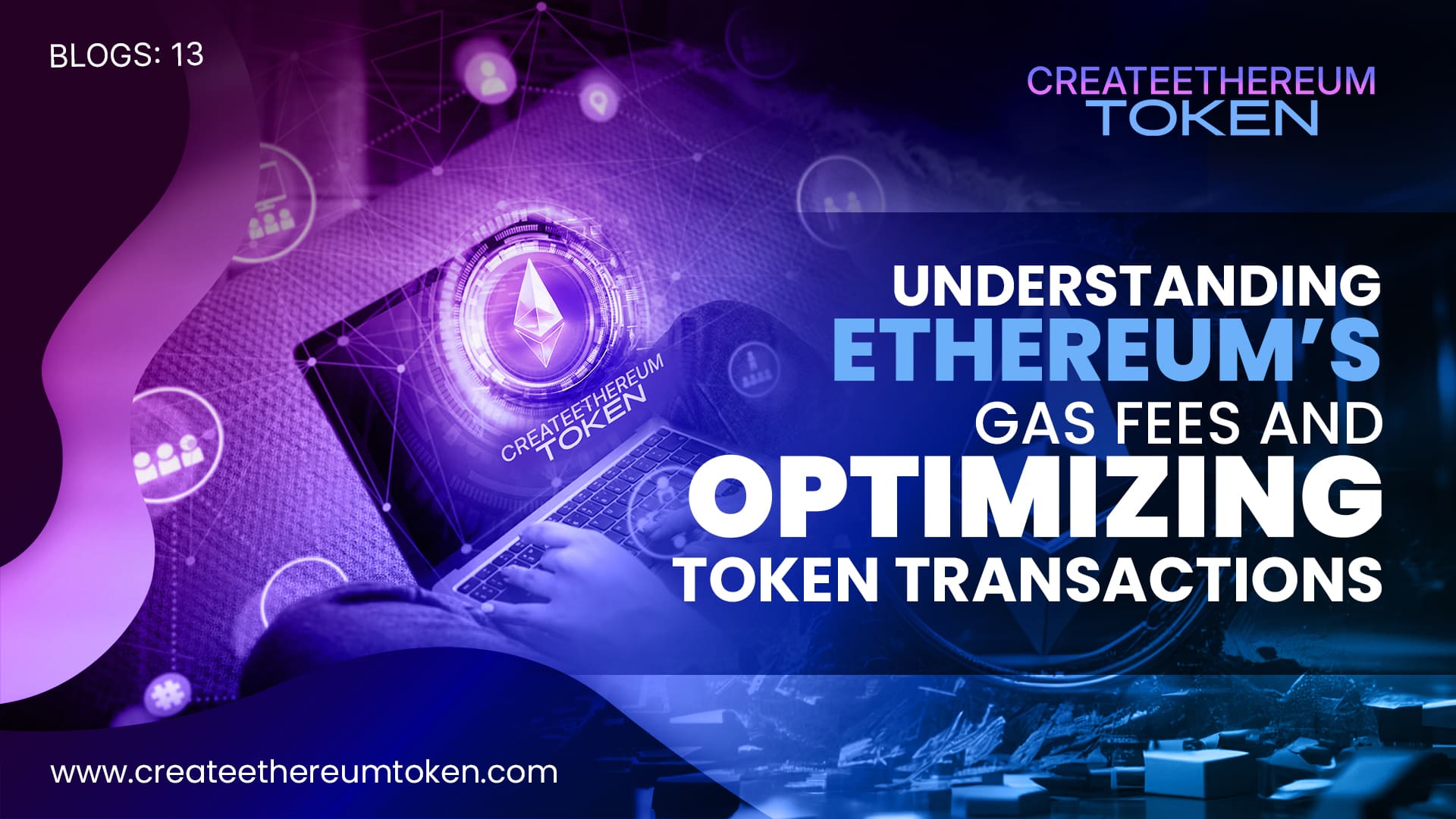November 19, 2024
Understanding Ethereum’s Gas Fees and Optimizing Token Transactions
Gas fees are a critical component of the Ethereum network, directly impacting token transactions. For anyone engaging with Ethereum, understanding how gas fees work and finding ways to optimize them is essential. This blog explores the concept of gas fees, the factors influencing them, and practical tips to reduce costs while ensuring efficient transactions.
Ethereum’s gas fees are essentially transaction costs paid to miners (or validators in Ethereum 2.0) to process and validate transactions. Gas units measure the computational work required to execute operations, while gas prices, denominated in gwei, determine how much a user is willing to pay per unit. The total transaction cost is the product of gas units and gas price.
Gas fees vary due to network congestion. When many users transact simultaneously, fees increase as participants compete to prioritize their transactions. Additionally, complex operations, like deploying smart contracts or interacting with decentralized applications (dApps), require more gas units, increasing the overall cost.
Despite their importance, high gas fees can be a barrier, especially for small-scale transactions. Fortunately, there are strategies to optimize costs.
1. Time Your Transactions Wisely:
Ethereum network activity peaks during specific hours, often when global markets overlap. Monitoring network usage through platforms like Etherscan or GasNow can help identify lower-traffic periods, reducing fees.
2. Use Layer 2 Solutions:
Layer 2 technologies, such as Arbitrum, Optimism, and zkSync, process transactions off-chain while maintaining Ethereum’s security. These solutions significantly reduce gas costs for token transfers and dApp interactions.
3. Optimize Smart Contract Interactions:
For developers, streamlining smart contract code to reduce gas consumption is crucial. Efficient coding minimizes the computational work required, resulting in lower gas fees for users.
4. Adjust Gas Price Settings:
Wallets like MetaMask allow users to set custom gas prices. Opting for a slower transaction with a lower gas price can save costs if time is not critical.
5. Batch Transactions:
If performing multiple operations, bundling them into a single transaction reduces the total gas required compared to executing each action separately.
Understanding and managing gas fees is crucial for effectively using Ethereum’s ecosystem. Whether you’re a developer launching tokens or an investor engaging with DeFi platforms, optimizing transactions ensures better value and smoother experiences. With ongoing network upgrades like Ethereum 2.0 and the rise of Layer 2 solutions, the cost of using Ethereum is expected to become more accessible, further enhancing its appeal to users worldwide.






